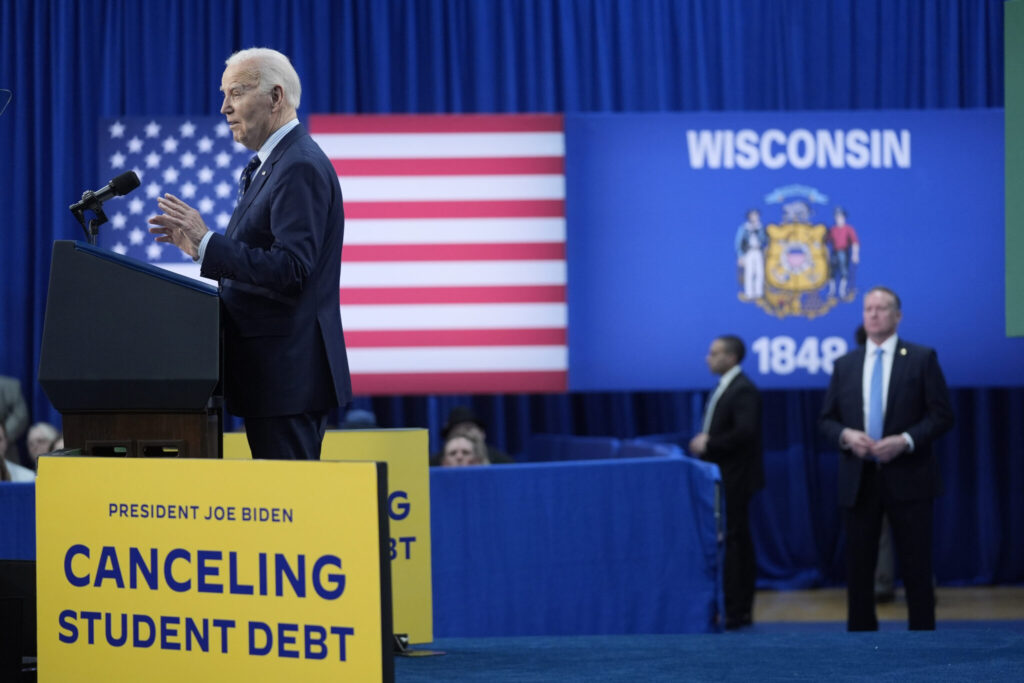President Joe Biden said Monday that college graduates would see “life-changing” relief from his new plan to ease debt burdens for more than 30 million borrowers, the latest attempt by the Democratic president to make good on a campaign promise that could buoy his standing with young voters.
Quick Read
- President Biden announced a plan to alleviate student loan debt for over 30 million borrowers, aiming to fulfill a campaign promise and possibly boost his appeal among young voters.
- The initiative, unveiled during a visit to Wisconsin, a key battleground state, seeks to address the financial burden of education loans, which Biden described as “crushing.”
- The announcement follows primary voting in Wisconsin, where a significant number of Democratic voters chose “uninstructed” instead of Biden, highlighting potential political vulnerabilities.
- The plan, developed over several months, comes amid concerns about Biden’s support among young voters, especially regarding the Israel-Hamas conflict and student loan debt.
- The debt relief proposal involves a more targeted approach than Biden’s original plan, which was thwarted by the Supreme Court, and aims to provide relief through the Higher Education Act.
- Critics, particularly Republicans, argue that the plan unfairly shifts the financial burden to taxpayers who did not take out loans for education.
- The new plan includes provisions for canceling up to $20,000 in interest for certain borrowers and automatic cancellation for those eligible for other forgiveness programs.
- The Education Department is expected to formally propose and implement the plan in the coming months, with the aim of providing relief as early as this fall.
The Associated Press has the story:
Biden promotes ‘life-changing’ student loan relief in Wisconsin as he rallies younger voters
Newslooks- MADISON, Wis. (AP) —
President Joe Biden said Monday that college graduates would see “life-changing” relief from his new plan to ease debt burdens for more than 30 million borrowers, the latest attempt by the Democratic president to make good on a campaign promise that could buoy his standing with young voters.
Biden detailed the initiative, which has been in the works for months, during a trip to Wisconsin, one of a handful of battleground states that could decide the outcome of Biden’s likely rematch with Donald Trump, the presumptive Republican nominee.
Biden said he wanted to “give everybody a fair shot” and the “freedom to chase their dreams” as he lamented the rising cost of higher education.
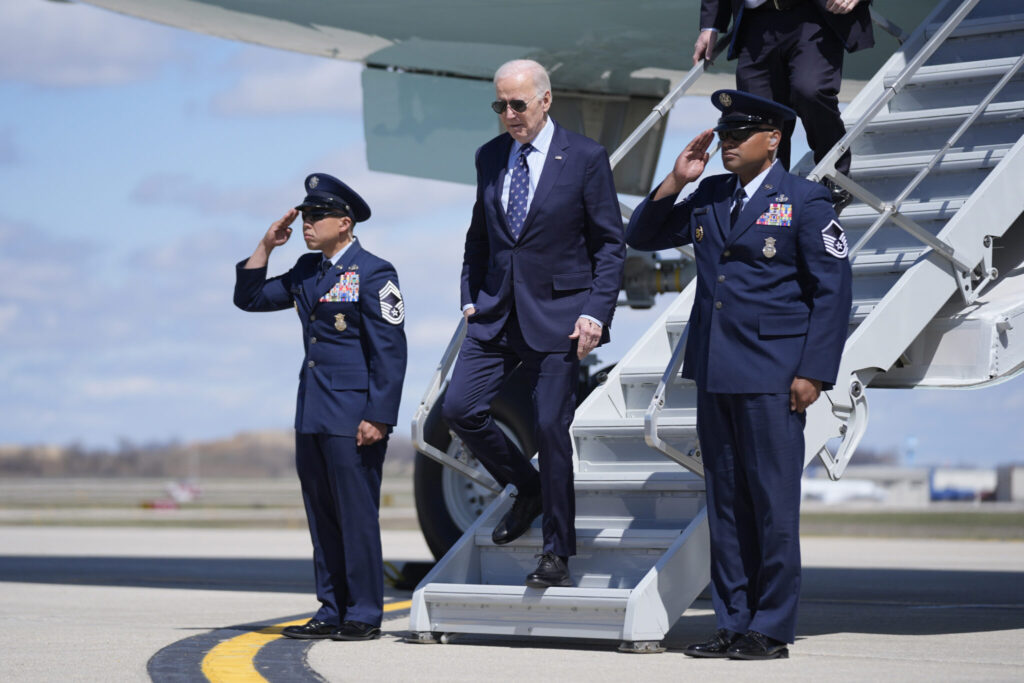
“Even when they work hard and pay their student loans, their debt increases and not diminishes,” he said. “Too many people feel the strain and stress, wondering if they can get married, have their first child, start a family, because even if they get by, they still have this crushing, crushing debt.”
Biden’s trip comes less than a week after primary voting in Wisconsin that highlighted political weaknesses for Biden as he prepares for the general election.
More than 48,000 Democratic voters chose “uninstructed” instead of Biden, more than double his narrow margin of victory in the state in 2020.
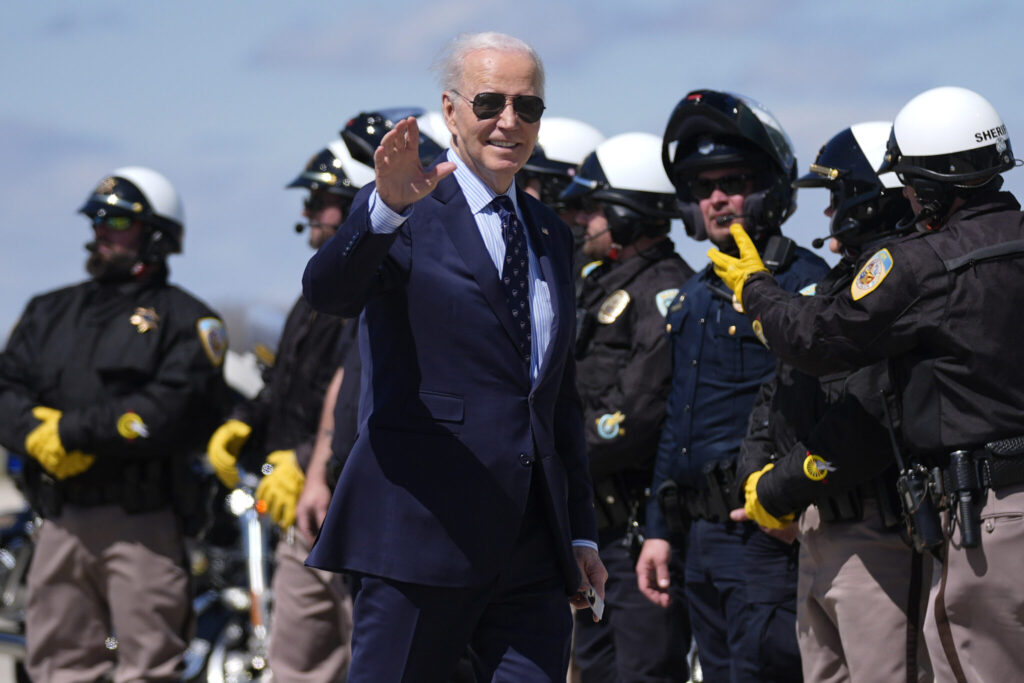
Trump also saw a significant number of defections during the state’s primary, with nearly 119,000 Republicans voting for a different candidate than their party’s presumptive nominee.
But Biden’s results, which echoed similar protest votes in states like Michigan and Minnesota, have rattled Democrats who are eager to solidify the coalition that catapulted him into the White House in the first place.
A critical fracture has been the war in the Middle East. Young voters are more likely to disapprove of Biden’s enduring support for Israel’s military operation in Gaza, which has caused heavy casualties among Palestinian civilians.
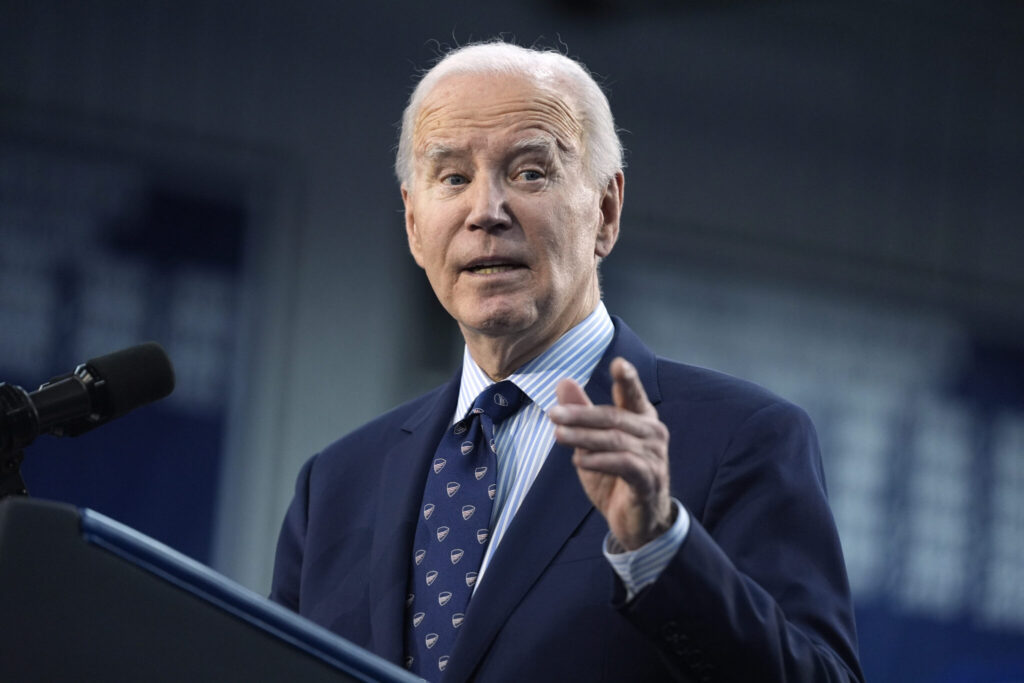
Some have also been impatient with Biden’s attempts to wipe away student loan debt. The U.S. Supreme Court last year foiled his first attempt to forgive hundreds of billions of dollars in loans, a decision that Biden called a “mistake.”
Since then, the White House has pursued debt relief through other targeted initiatives, including those for public service workers and low-income borrowers. Administration officials said they have canceled $144 billion in student loans for almost 4 million Americans.
At the same time, the Department of Education has been working on a more expansive plan to replace Biden’s original effort. Although the new federal rule has not yet been issued, Monday’s announcement was an opportunity to energize young voters whose support Biden will need to defeat Trump in November.
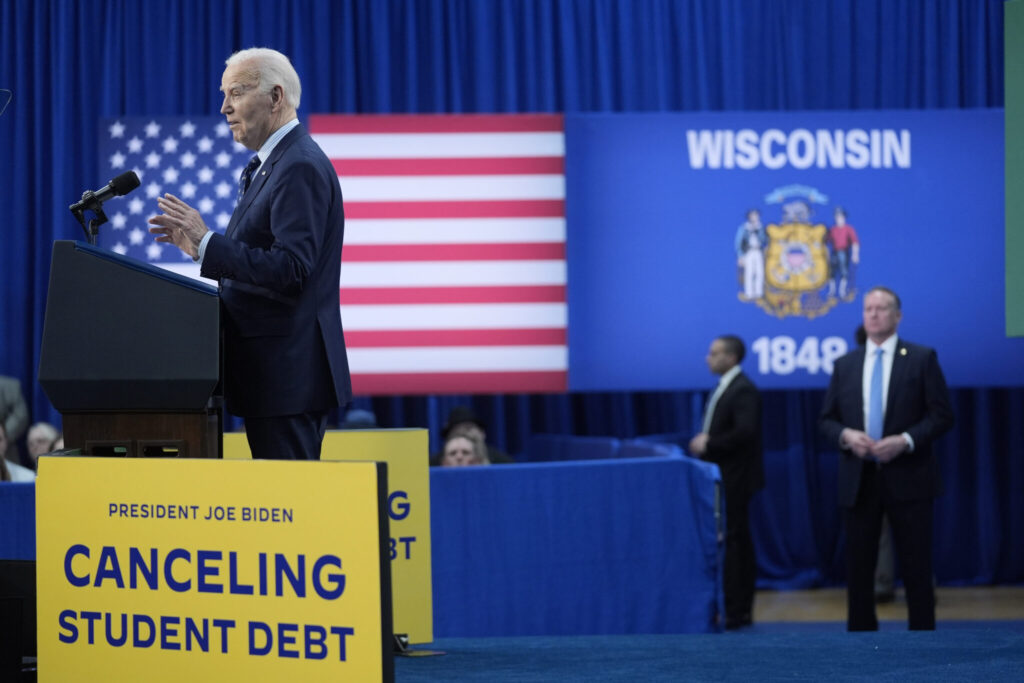
Republicans said Biden’s plan shifts the financial burden of college tuition onto taxpayers who didn’t take out loans to attend school.
“This is an unfair ploy to buy votes before an election and does absolutely nothing to address the high cost of education that puts young people right back into debt,” said Sen. Bill Cassidy of Louisiana, who chairs a committee on education and other issues.
Biden will make the announcement on Monday in Madison, the state’s liberal capital and home of the University of Wisconsin’s flagship campus. The president is scheduled to speak at a nearby technical college.
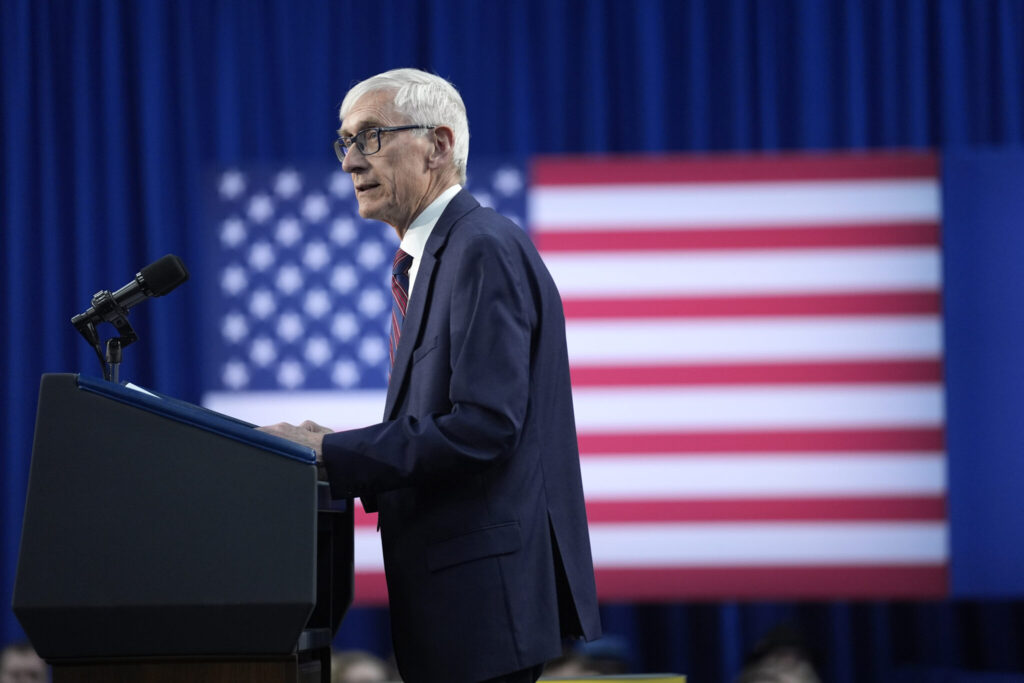
Nearly 15% of Democrats in Dane County, home to Madison, voted “uninstructed.” That is nearly double the statewide total of 8%.
Democratic U.S. Rep. Mark Pocan, who represents Madison, said he was struck that concerns about Israel’s war against Hamas in Gaza were top of mind among voters at five town halls over the past two weeks in more rural parts of his district.
“I was surprised to see the intensity on the issue of Gaza coming not from a student voice out of Madison, but older voters in more rural parts of the district,” Pocan said.
Pocan said the number of “uninstructed” votes shows the concern in Wisconsin and that Biden needs to address it. He said he planned to talk directly with Biden about it on Monday.
“I just want to make sure he knows that if we’re going to have a problem, that could be the problem in Wisconsin,” Pocan said.
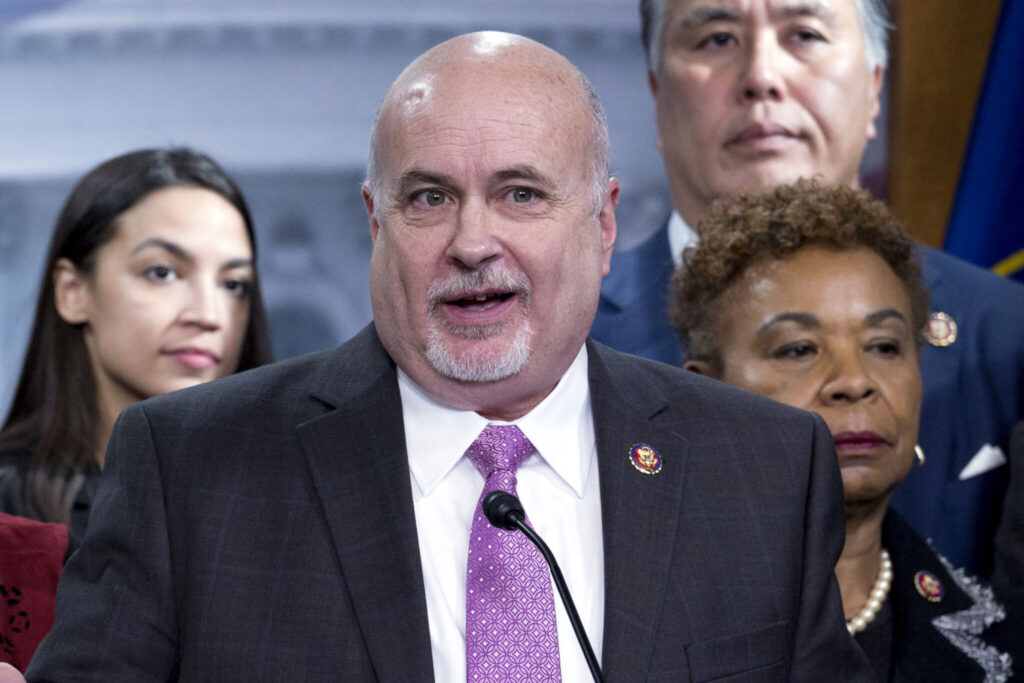
Biden’s new debt plan would expand federal student loan relief to new categories of borrowers through the Higher Education Act, which administration officials believe puts it on a stronger legal footing than the sweeping proposal that was killed by a 6-3 court majority last year.
The plan is expected to be smaller and more targeted than Biden’s original plan, which would have canceled up to $20,000 in loans for more than 40 million borrowers. The new plan would cancel some or all federal student loans for more than 30 million Americans, the White House said. The Education Department plans to issue a formal proposal in the coming months, with plans to start implementing parts of the plan as early as this fall.
“President Biden will use every tool available to cancel student loan debt for as many borrowers as possible, no matter how many times Republican elected officials try to stand in his way,” White House press secretary Karine Jean-Pierre said in a call with reporters.
Details the White House released on Monday largely mirror a plan drafted by the Education Department. It lays out five categories of borrowers who would be eligible to get at least some of their federal student loans canceled if the rule is approved.
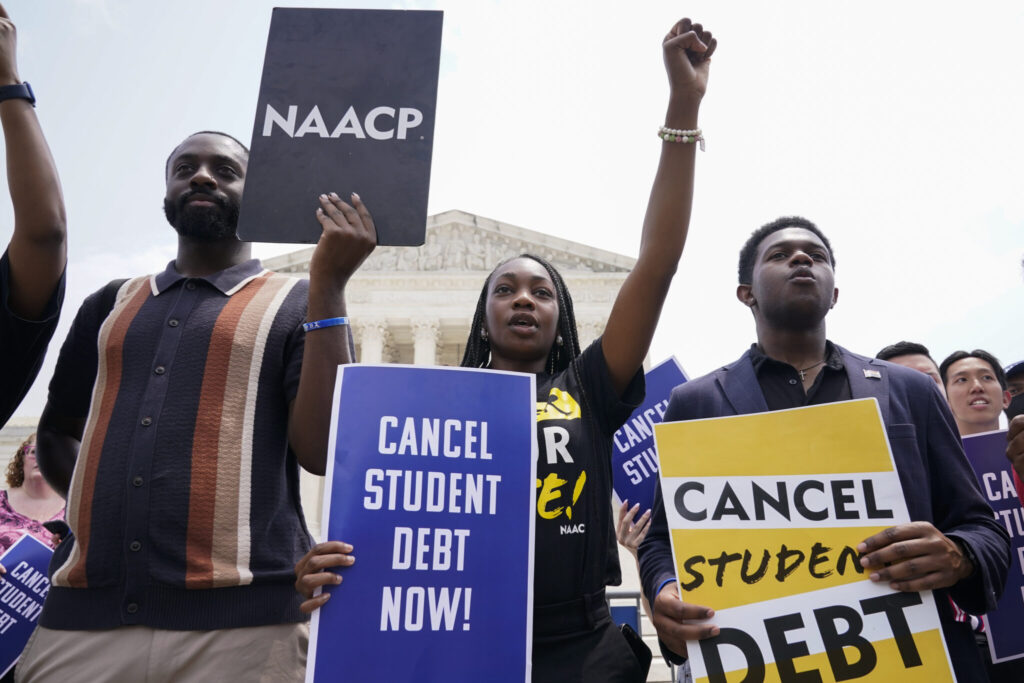
The plan’s widest-reaching benefit would cancel up to $20,000 in interest for borrowers who have seen their balance grow beyond its original amount because of unpaid interest. Borrowers could get the entirety of their interest erased, with no limit, if they are enrolled in an income-driven repayment plan and have annual incomes of less than $120,000 or couples making less than $240,000.
That part of the plan would forgive at least some unpaid interest for an estimated 25 million borrowers, with 23 million getting all their interest erased, according to the White House.
An additional 2 million borrowers would automatically have their loans canceled because they’re eligible but have not applied for other forgiveness programs, such as Public Service Loan Forgiveness.
Borrowers who have been repaying their undergraduate student loans for at least 20 years would be eligible to have any remaining debt canceled, along with those repaying their graduate school loans for 25 years or more.
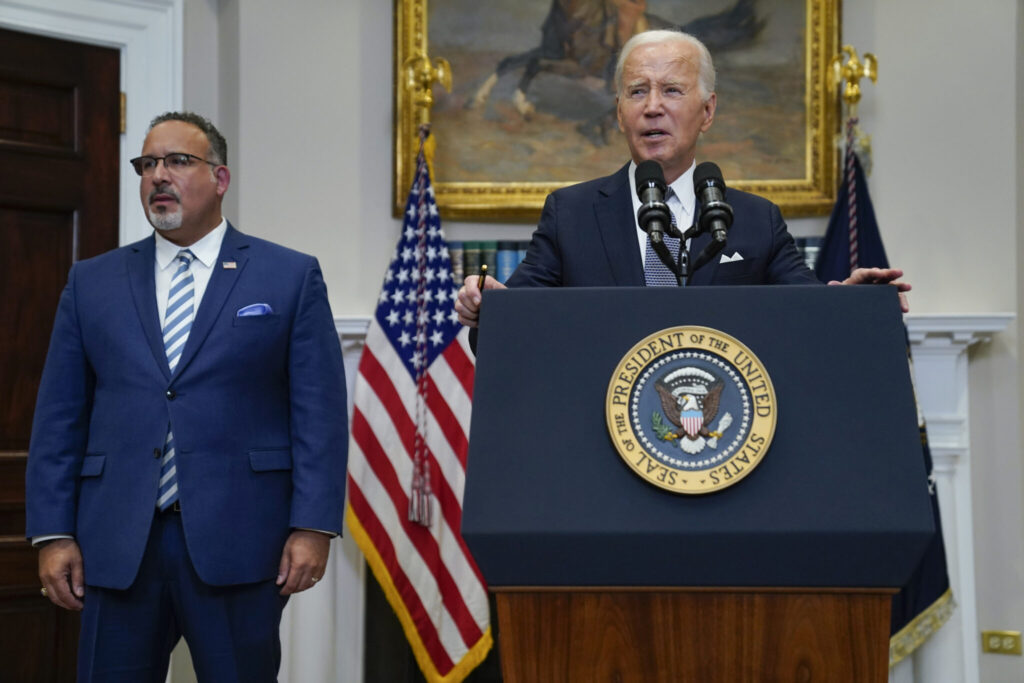
The plan would forgive debt for those who were in college programs deemed to have “low financial value.” It’s meant to help those who were in programs that ended up losing eligibility to receive federal student aid or programs found to have cheated students.
A final category would cancel debt for borrowers facing hardships that prevent them from repaying their student loans, either because they’re at high risk of defaulting or are burdened with medical debt or child care expenses, among other criteria.
Cardona said in a call with reporters that the relief that would be provided under the new plan would be “on top of the $146 billion in student loan debt relief for 4 million Americans that we’ve already approved, more than any other administration in our country’s history.”
Hearings to craft the rule wrapped up in February, and the draft is under review. The Education Department will issue a formal proposal and open it to public comment before it can be finalized.

